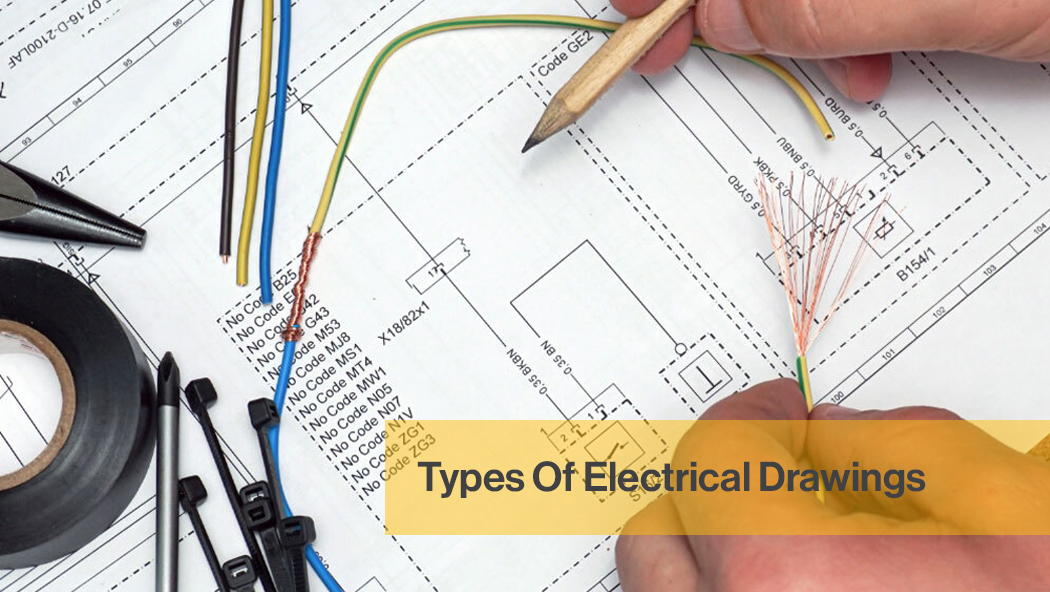

Enquiry Now



Enquiry Now


Electrical drawings, also called schematic drawings, electrical plans, and wiring diagrams, visually represent electric components, structures, and connections. The drawings encompass symbols to indicate electrical factors like switches, wires, gadgets, and shops. Electrical engineers and technicians depend upon these drawings to plot and execute electric setup, protection, and upkeep.
Electrical drawings and symbols are important to several types of industries as they help electrical experts in designing electric systems. For example, in the construction industry, they ensure the safety of the construction. Electrical drawing symbols are critical for placing the device in the correct place in telecommunication and are needed for infrastructure development.
Each form of electrical drawing serves a specific feature in electrical design and maintenance. Wiring diagrams display connections between components. Block diagrams are representations of gadgets while ladder diagrams show the electric connections. Power distribution diagrams illustrate the flow of electrical electricity and controlled circuit diagrams illustrate the management common sense.
The principal motive of an electric circuit diagram is the proper installation and renovation of electrical structures. They also ensure compliance with safety requirements and regulations. Electrical drawings and emblems outline the interconnection among wires, switches, and different elements. This serves as a roadmap for electric engineers and technicians and helps them understand the layout. Electrical specialists connect wires and place devices with the help of electrical drawings.
They reduce the danger of electrical risks like quick circuits and make sure the electric structures are green and secure. They are of great value for all experts involved in electric layout, renovation, and troubleshooting.
Checkout Our Professional Electrical Design and Drafting Course
Electrical drafters, engineers, and different technicians make electric drawings. There is a growing demand for those specialists. Join an ELV technician education or electrical education path to reach your career goals in one of the pinnacle institutes like Arabian Infotech. What are you waiting for? Join now.
The principal classifications of electrical drawings are wiring, schematic, and pictorial diagrams. The most commonly used drawings are wiring and schematic diagrams.
The four fundamental types of electrical drawings are schematic, wiring, block, and pictorial.
The fundamental electrical drawing is a technical drawing that represents connections and layout of electrical components, electric systems, and circuits.
Electricians use wiring diagrams that visually represent electric systems and circuits.
Discover the essential roles and responsibilities of HVAC technicians in our latest blog! Explore the top five key areas where HVAC professionals play a crucial....
Dive into the five must-have abilities that every plumber should possess to excel in the evolving industry. Stay ahead of the curve and enhance your plumbing expertise with expert insights.
Explore the common mistakes in HVAC design & learn effective strategies to fix the issues. Read Our Comprehensive expert insights on how to optimize..